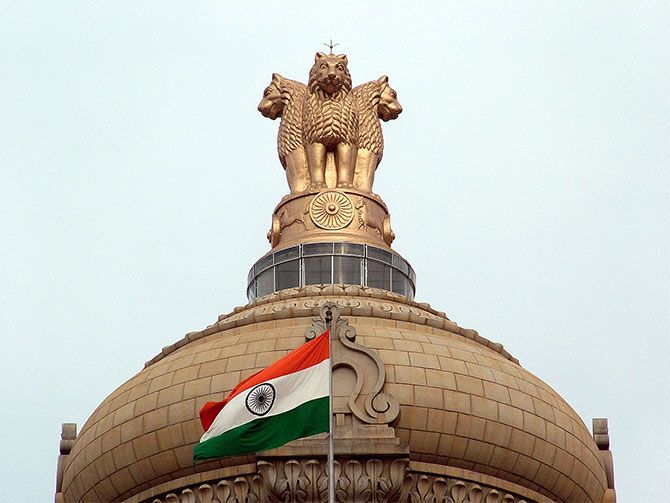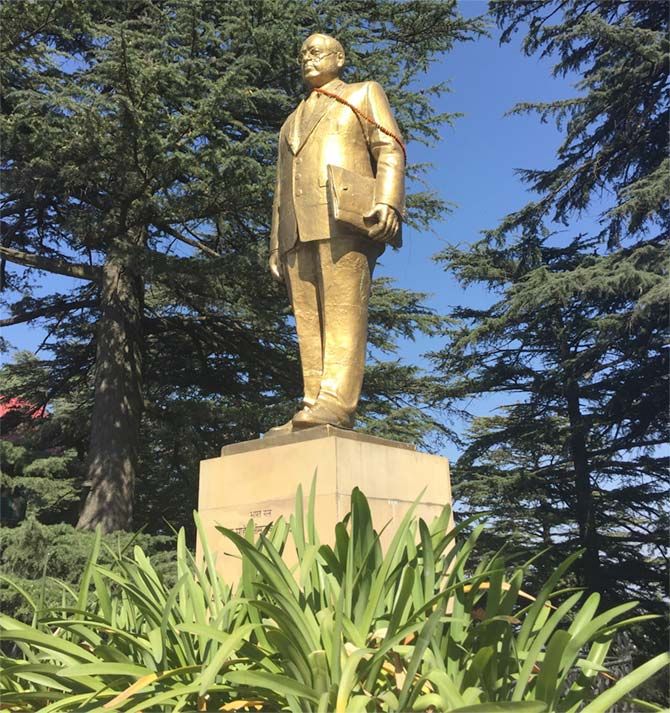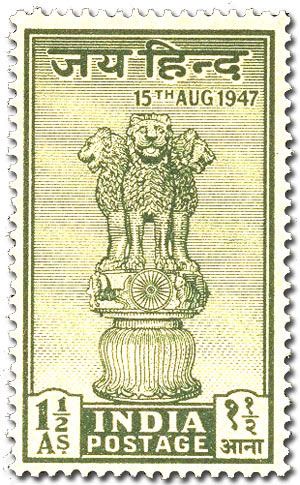'The ideas carved into the rock articulate an important -- if often suppressed and denied -- impulse in Indian history: A call to mutual respect of different beliefs, and to persuasion as opposed to coercion as the basis of how we interact with one another.'
Historian Sunil Khilnani picks some of India's treasures.

The Ashokan Rock Edicts
Scattered across the Subcontinent, from today's Afghanistan in the west, to Bihar in the east and Karnataka in the south, the rock edicts of the Third century BCE Emperor Ashoka are one of the moral and intellectual marvels of our history.
Inscribed in a variety of languages (some have even been found inscribed with Greek) they testify in the first instance to the linguistic and cultural variety of Indian civilisation.
Even more importantly, the ideas carved into the rock articulate an important -- if often suppressed and denied -- impulse in Indian history: A call to mutual respect of different beliefs, and to persuasion as opposed to coercion as the basis of how we interact with one another.
That said, one should not over-romanticise Ashoka or his message -- there's also a creepy paternalism which echoes through some of his commands, and he himself was by no means a gentle or likeable soul.
Nor should one think that his suggestions were widely accepted, either in his time or in the millennia since: In fact, what's remarkable about Ashoka's precepts is how exceptional a vision it is when compared to the general violence and cruelty of Indian history.
But, in his reworking of Buddhist ethics into an embracing political vision, Ashoka at his best represents one of the great possibilities that our past offers us -- while also standing as a challenge to the narrow-mindedness of our present.
The Constitution
The original physical text was illustrated by the Bengal artist Nandalal Bose -- not an artist I care for much -- but it is the spirit and ideas, not the florid artwork, that makes the Constitution of India a landmark of Indian history.
The product of three years of deliberation and argument from 1946 to 1949, conducted against the background both of deep internal division and Partition, and of a world fragmenting into the bipolarity of the Cold War, the Indian Constitution expresses a poise, optimism, and vision which lifts it out of its very specific historical moment of creation.
The Constitution provides a critique of Indian society -- of caste injustice, of religious oppression, and of economic inequality; it exhorted Indians, citizens and leaders, to hold themselves to higher standards of moral and political life; and it crafted a wide range of rights and structural protections to improve the lives of Indians.

It affirmed the priority of human-made law over divine law, custom, and tradition; and of equality of all before the law: an affirmation which quietly but fundamentally has, over the past 70 years, weakened -- and may well ultimately subvert -- the deep-set structures of oppression in Indian society.
The Constitution is a far from perfect document: It did too little to constrain the prerogative powers for the State, it implanted confusions about the sanctity of individual rights as against the claims of group rights, and it was maddeningly evasive when it came to how some of its most important ideals could be realised.
But in contrast to those who foolishly say we need a new Constitution, I would say: We need to work much harder to make our existing one work better.
3. Electronic Voting Machine
Invented for local conditions by Indian boffins in the 1980s, the EVM began to replace ballot boxes in state elections in the late 1990s, and by the 2004 national election it had became familiar to all Indians who entered the polling booth to vote.
This small, robust piece of electronic equipment is now part of the core infrastructure of Indian democracy: It has made it possible to count hundreds of millions of votes in rapid time, and has also helped to make the voting process more honest ('booth capturing', that fine Indian contribution to modern democratic practice, is now largely a thing of the past as a result of EVMs).
Even more than their mobile phones keyboards and touchpads, it is the blue buttons of the EVM that give Indians a sense of their power as citizens.
In choosing how we wish to use that power, it is the memory of Ashoka's ideas, and the inspiration of the Constitution's principles, which it would be wise for us to keep in mind.
Sunil Khilnani is Avantha Professor and Director of the Kings India Institute.
He is the author of Incarnations: India in 50 Lives.
More Indian Treasures












